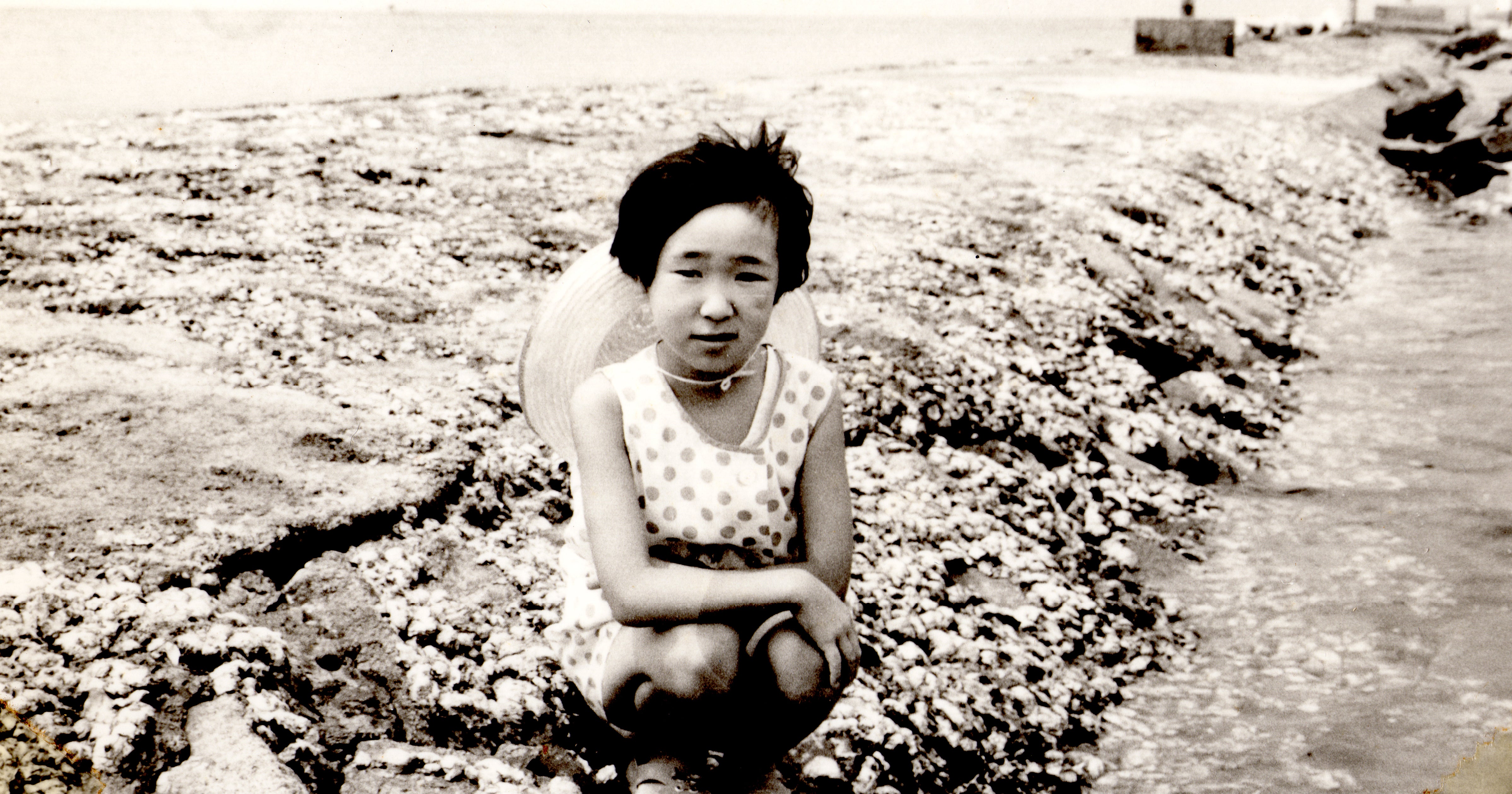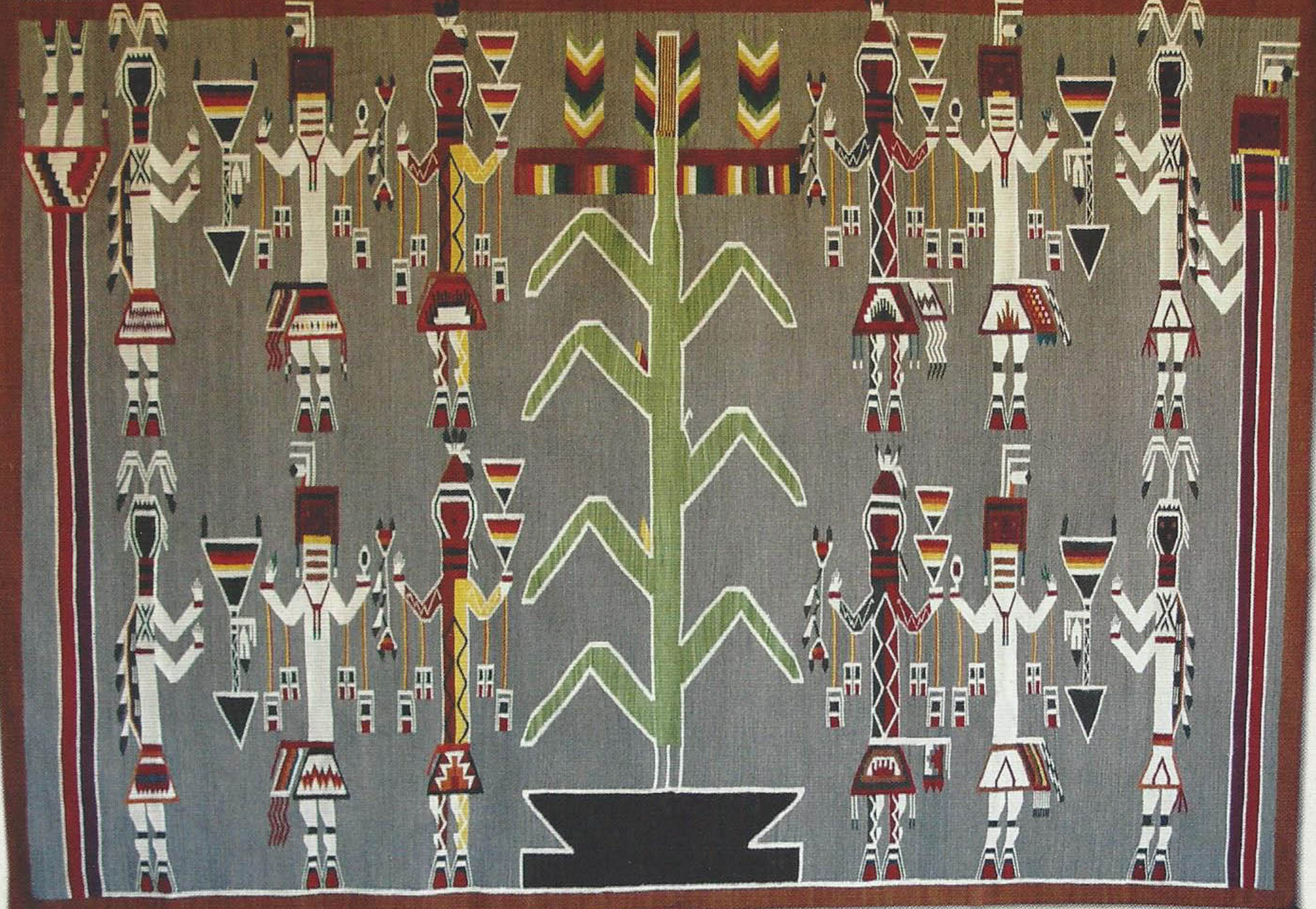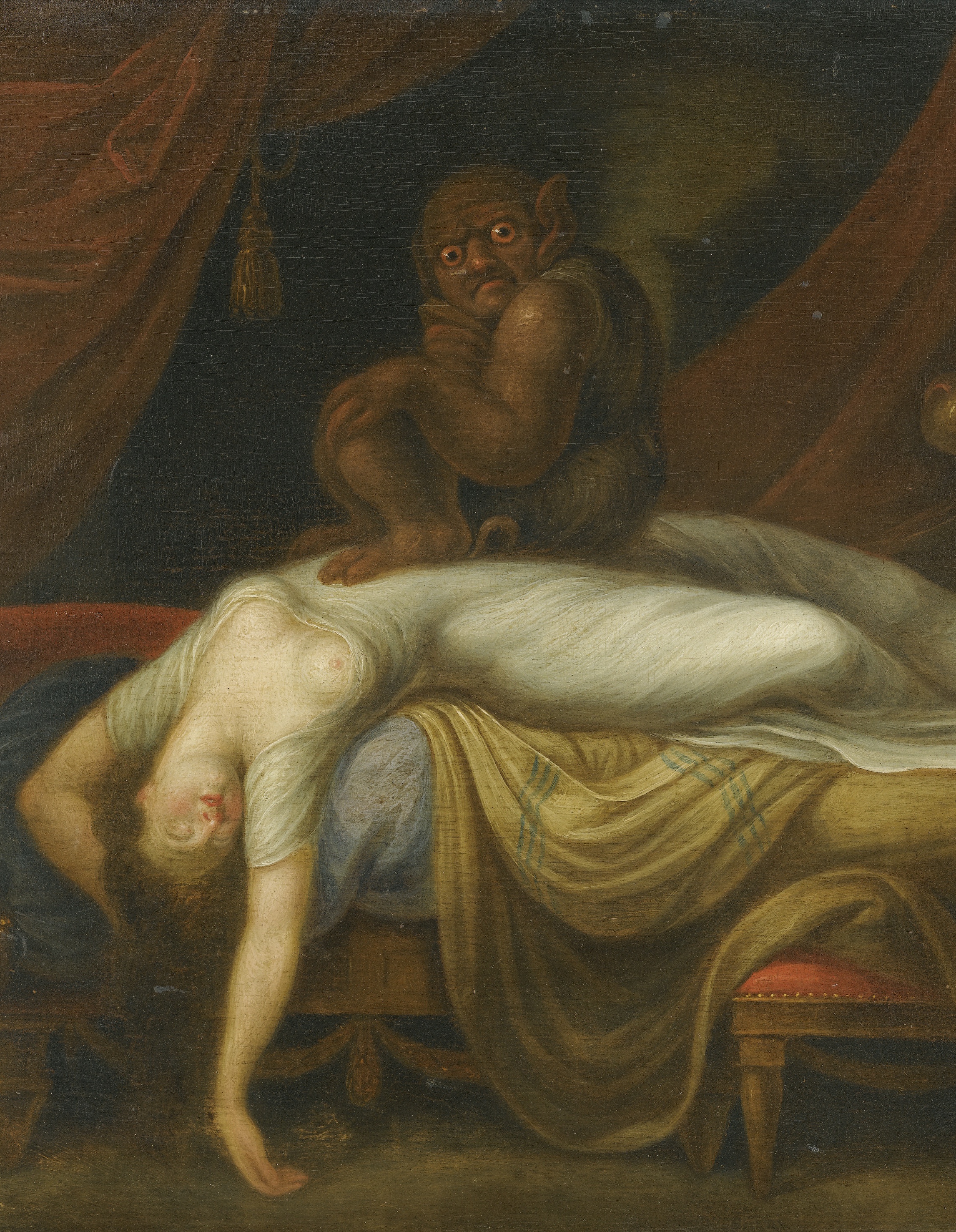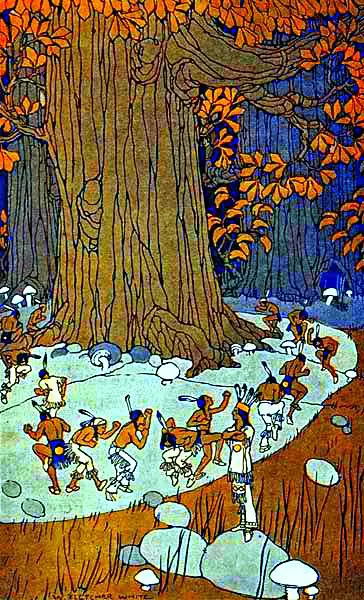Tag: Spirits
Dorothy Carrington's dream Corsica
A primitive universe, the Corsican one, splendidly described by Carrington in her “Granite Island”. A suspended, rarefied, immobile world, where Christianity has penetrated only superficially and has not affected the profound essence of an atavistic religiosity with shamanic traits, centered on the cult of the Ancestors, on the magical practices of the ecstatic brotherhoods, the Mazzèri, and on a folklore crystallized over the centuries, which speaks to us of the spirits of the dead and of a ghost procession of the "wild hunt" type led by a mysterious "white lady".
Shamanic initiation and the ways of the afterlife in the North American tradition
Similarly to the European tradition, also the North American one recognizes in the period of the winter solstice the "gateway" to the world of the dead and of the spirits and, therefore, the suitable time for youth initiations and masked ceremonies, including the Iroquois one of the “False Faces” and the kwakiutl one of the “Cannibal Spirit”. These beliefs and practices, as well as the analysis of shamanic journeys to the "Village of the Spirits", allow us to understand the doctrines of the native peoples of North America on the various souls that make up the human being and on the relationship entertained by the living with the spirit world. .
Towards “TimeWave Zero”: Psychedelia and Eschatology in Terence McKenna
In addition to being one of the "prophets" of the psychedelic Counterculture of the second half of the last century, Terence McKenna was able to build, in the course of thirty years of studies and experiments, a real eschatological system for the Third Millennium, in view of final explosion, based on the recovery of shamanic practices, on a new interpretation of the Sacred as "Mysterium Tremendum" and on the vision, beyond the ordinary dichotomy between life and death, of what he called an "Ecology of Souls".
The "myths of emergence" in the traditions of Native Americans
di Marco Maculotti
According to many mythical traditions, in the beginning the first members of the human race were generated in the bowels of the Earth, within underground worlds similar to cavernous wombs. The myths of emergence, particularly prevalent among Native American populations, provide us with the best examples of such subterranean realms. The mythical tales tell of how the first humans were brought to the surface to live in the sunlight only after they remained for a long time under the earth's surface, in the - so to speak - "larval" state, and after developing a rudimentary physical form. and a human conscience. According to native peoples, this emergence from the underworld marks the birth of man in the present era - or, to use a typical American term, the "Fifth Sun" - and also represents the transition from childhood and dependence on womb of Mother Earth to maturity and independence.
The phenomenon of sleep paralysis: folkloric interpretations and recent hypotheses
di Marco Maculotti
cover: Johann Heinrich Füssli, Nightmare
Sleep paralysis, also called hypnagogic hallucination, is a sleep disorder in which, between sleep and wakefulness (therefore in the moment before falling asleep or in the instant before waking up) one suddenly finds himself unable to move. Most of the time, according to what those who suffer from this disorder say, the paralysis begins with a tingling sensation that goes through the body, reaching the head, inside which the subject feels a kind of hum "like a swarm of bees ”or a sound similar to that of a washing machine or a“ thumping and screeching of metal objects ”. Often the victim of this experience tries to scream for help, managing at best to whisper faintly, also experiencing the unpleasant sensation of hearing his own voice suffocated by something abnormal.
Often, if the victim is in bed with someone, the latter cannot notice anything, to the point that often even the most disturbing phenomena (terrifying sounds and noises, incomprehensible voices, sometimes even strange unnatural lights coming from outside) succeed to arouse the attention of those who do not undergo the episode in first person. It can also happen that the succubus (which, if once the name for the mysterious entity causing the phenomenon, is now the term by which medical science refers to the 'victim') hears familiar voices - or, sometimes, even 'demonic' - calling him, or arguing with each other behind the subject's back or, worse still, whispering close to his neck, often from behind, in a disturbing voice.
Science believes that this abnormal state is due to the persistence of the state of atony that the muscles present during sleep and is caused by a discrepancy between the mind and the body: with the consequence that, although the brain is active and conscious and the subject can often see and perceive clearly what surrounds him, despite this the body remains in a state of absolute rest, to the point that any movement is precluded for the duration of the experience. Of course, science denies the reality of the experiences experienced during this mysterious experience, reducing them to mere hallucinations caused by equally mysterious alterations in the subjects' brain balance, which would occur at the exact moment of the transition between wakefulness and sleep — and vice versa.







